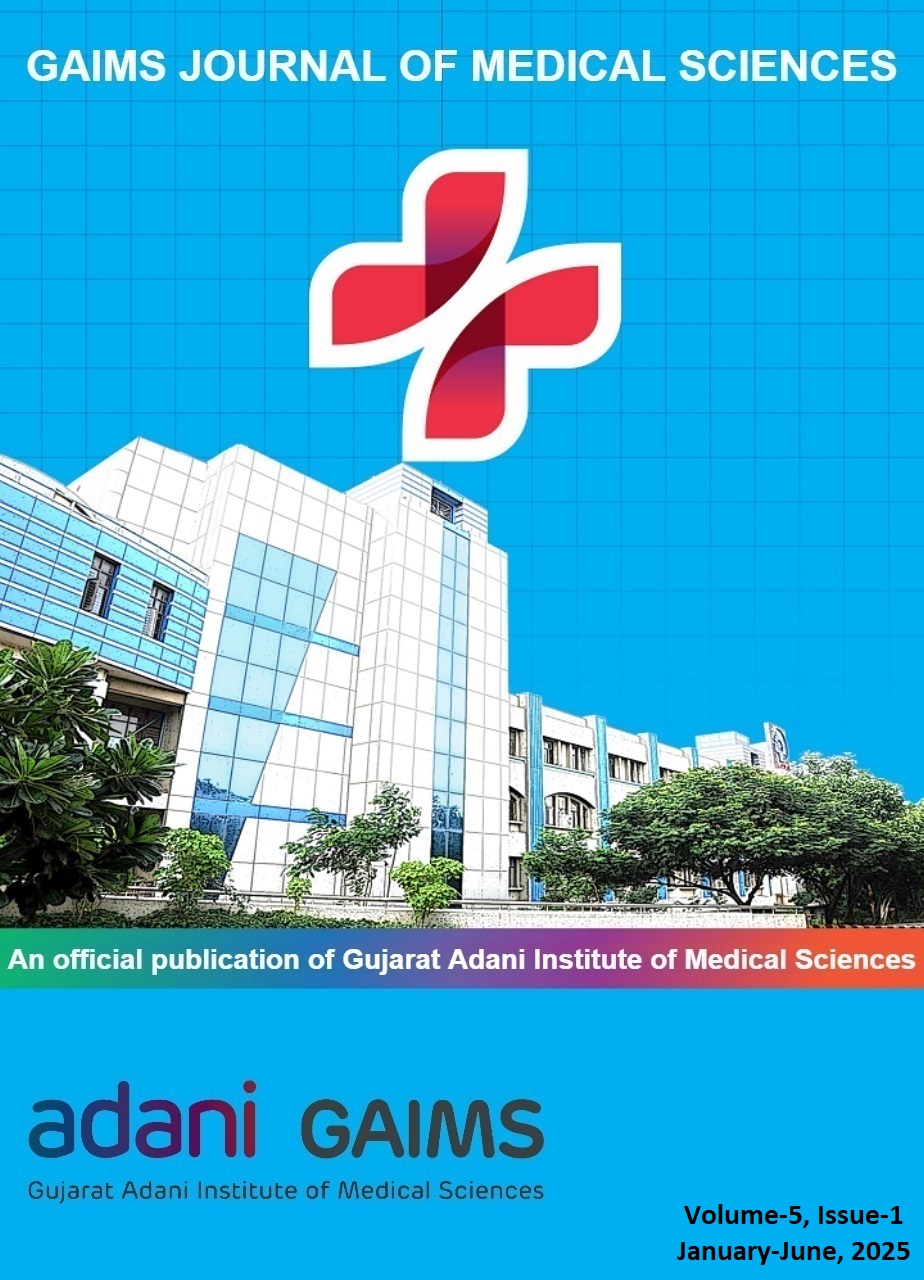Prevalence of Enterococcus Species in Various Clinical Specimens and it’s Antimicrobial Susceptibility Pattern in a Tertiary Care Teaching Hospital of Central Gujarat
Keywords:
Enterococcus spp., Multi Drug Resistant (MDR), Vancomycin Resistant Enterococci (VRE)Abstract
Background: Enterococci have become common cause of hospital acquired urinary tract infections, wound infections and bacteraemia. The therapeutic challenge of multiple drug resistance (MDR) enterococci have brought their role as important nosocomial pathogens into sharper focus. Hospital acquired wound infections are among the leading cause of morbidity and huge economic burden associated with prolonged hospital.
Material and methods: A descriptive-cross sectional study carried out in the Department of Microbiology in Medical college Baroda & SSG Hospital, Vadodara, Gujarat, India. Various samples like blood, urine, swab, cerebro-spinal fluid (CSF), pleural fluid, body fluid, pus, catheter tip were taken from clinically suspected cases for culture and antimicrobial sensitivity testing according to CLSI guideline. A total of 90 Enterococcus spp. were isolated from these samples, which were included in this study.
Results: Out of 6555 culture positive isolates, 90 were Enterococcus species. The prevalence of Enterococci spp. in our study is 1.37%. Out of total 90 isolates, 71% (64 isolates) were Enterococcus fecalis and 29% (26 isolates) were Enterococcus faecium. The highest number of Enterococcus spp. were isolated from the urine (48%) & in infant (30%). The rate of isolation of Enterococcus was more in males (59%). Enterococcus spp. from various samples show highest sensitivity to Linezolide (99%). Incidence rate of VRE isolates in the present study is 15.5%.
Conclusion: The prevention and control of spread of multi drug resistant Enterococci require co-ordination effort from various departments and can only be achieved by education of hospital staff regarding problem of drug resistance, prudent use of antimicrobials, early detection and reporting and immediate implementation of appropriate infection control measures, improved surveillance for hospital infection control.
Downloads
Published
Issue
Section
License
Copyright (c) 2024 Priya D Mangukiya, Vidhi A Patel, Arpita T Parmar

This work is licensed under a Creative Commons Attribution-NonCommercial-ShareAlike 4.0 International License.








